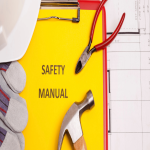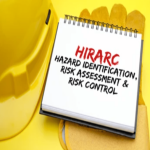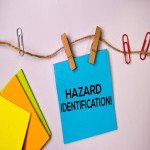
METHODOLOGY FOR LOPA STUDY
The LOPA (Quantitative Technique) is based on establishing a tolerable frequency for each consequence resulting from an impact event. LOPA is a simplified form of risk assessment. LOPA typically uses order of magnitude categories for initiating event frequency, consequence severity, and the likelihood of failure of independent protection layers (IPLs) to approximate the risk of a scenario.
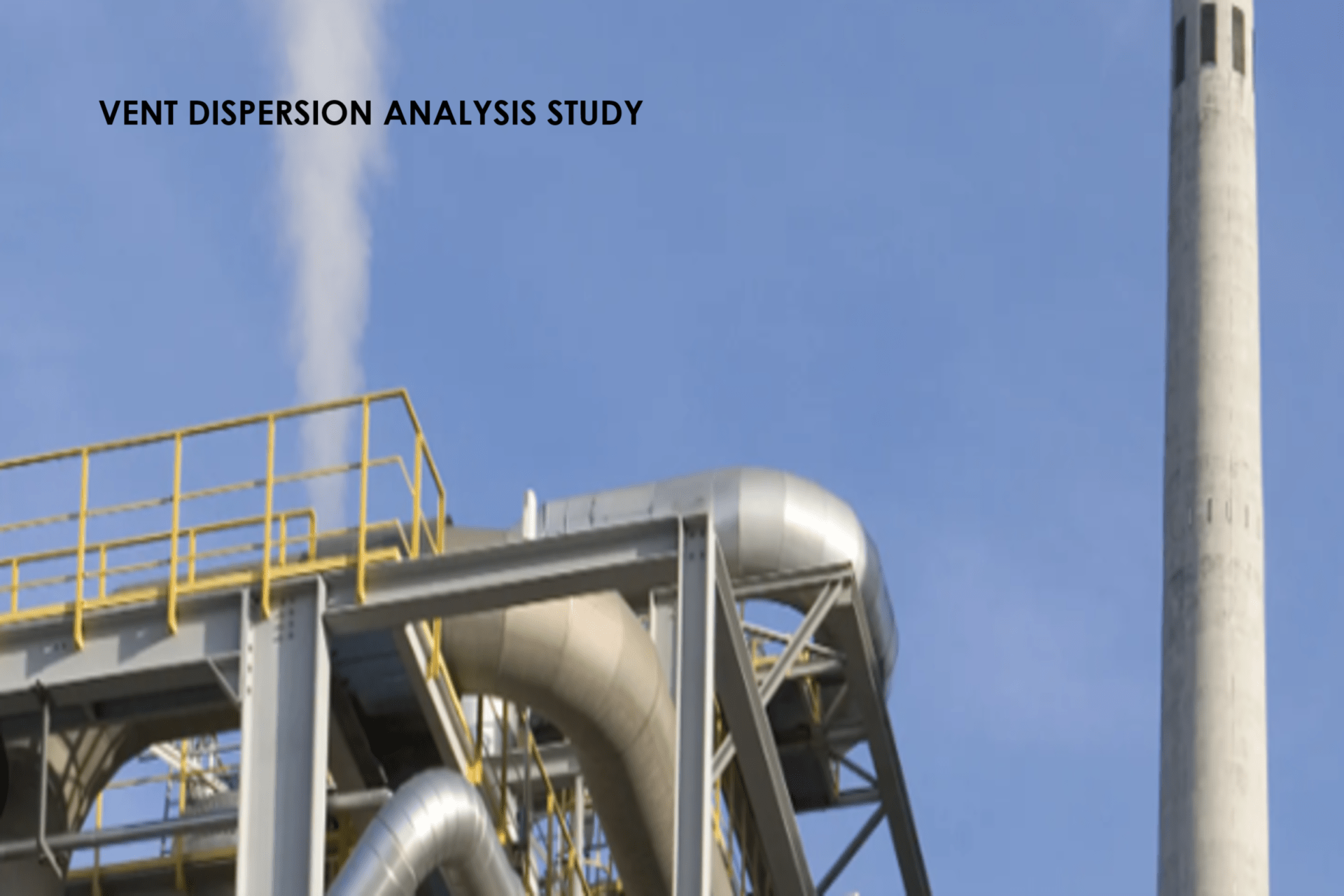
METHODOLOGY FOR VENT DISPERSION ANALYSIS STUDY
Vent is used for safe disposal of the vented gases to the atmosphere. Flammable or toxic gases are released from the vent. To ensure that the hazards of venting these gases are tolerable for the people near the site, a quantitative hazard analysis of gas venting is often required. The Dispersion study is carried to estimate and identify the quantity of material release from the vents to atmosphere, potential hazards and its effects, occurrence of hazards during the process.
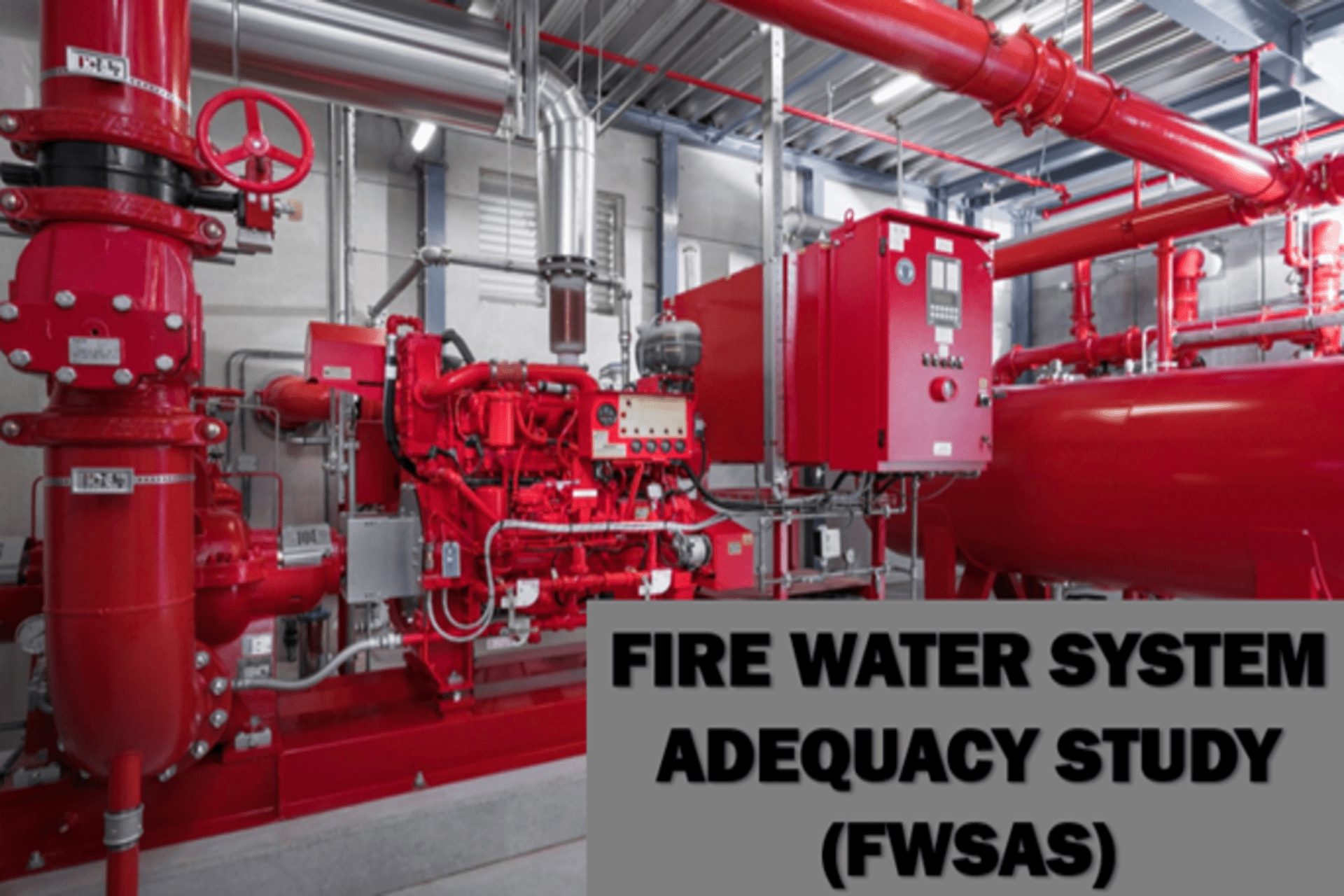
FAQ-FIRE WATER SYSTEM ADEQUACY (FWSAS) STUDY
Fire Water Adequacy Study is the study and practice of mitigating the unwanted effects of potentially destructive fires. It involves the study of the behavior, compartmentalization, suppression and investigation of fire and its related emergencies, as well as the research and development, production, testing and application of mitigating systems. The owners and operators are responsible to maintain their facilities in accordance with a design-basis that is rooted in laws, including the local building and fire code, which are enforced by the Authority Having Jurisdiction.
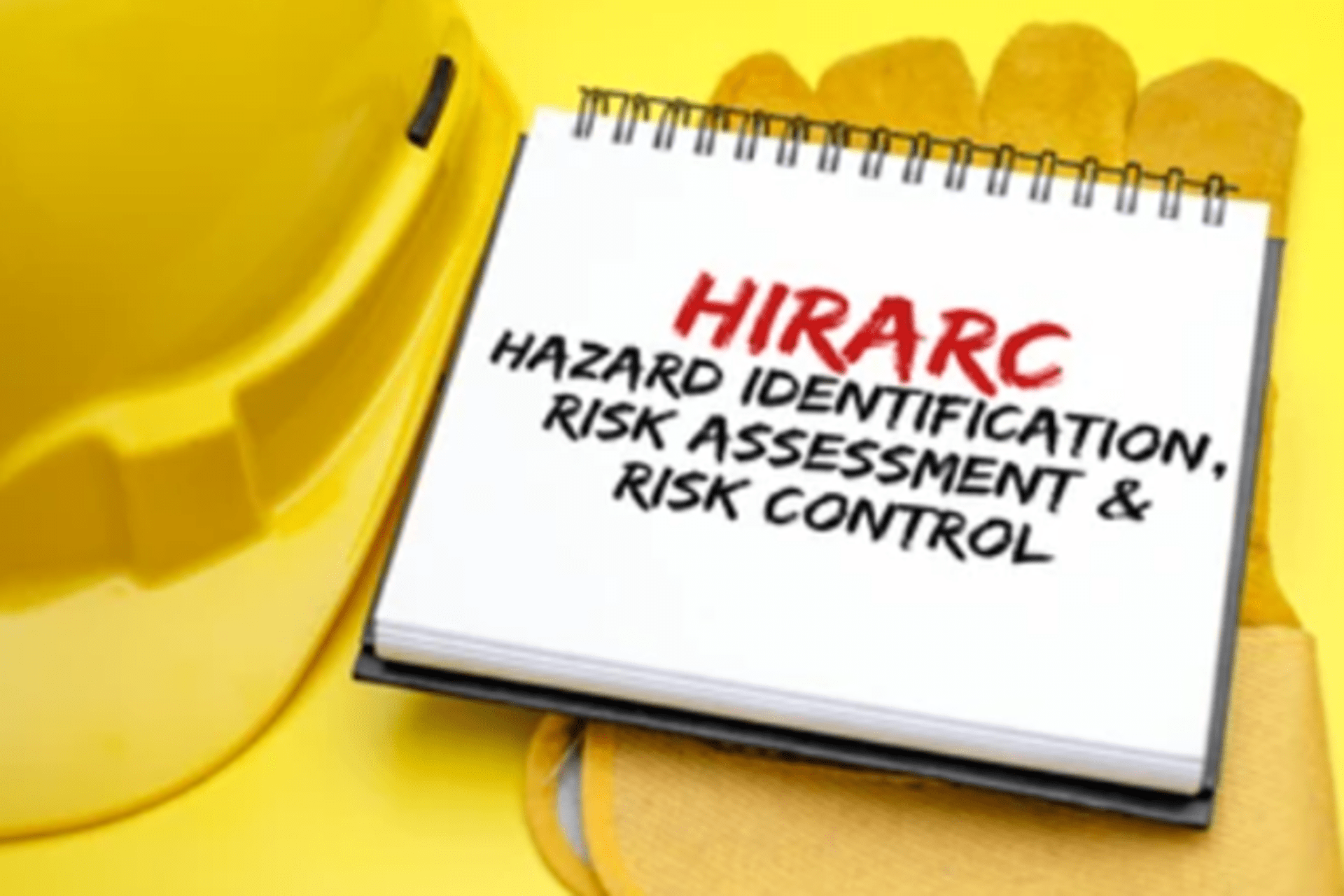
METHODOLOGY FOR HIRARC
The purpose of this guideline is to provide a systematic and objective approach to assessing hazards and their associated risks that will provide an objective measure of an identified hazard as well as provide a method to control the risk. It is one of the general duties as prescribed under the Occupational Safety and Health Act 1994 (Act 514) for the employer to provide a safe workplaces to their employees and other related person.
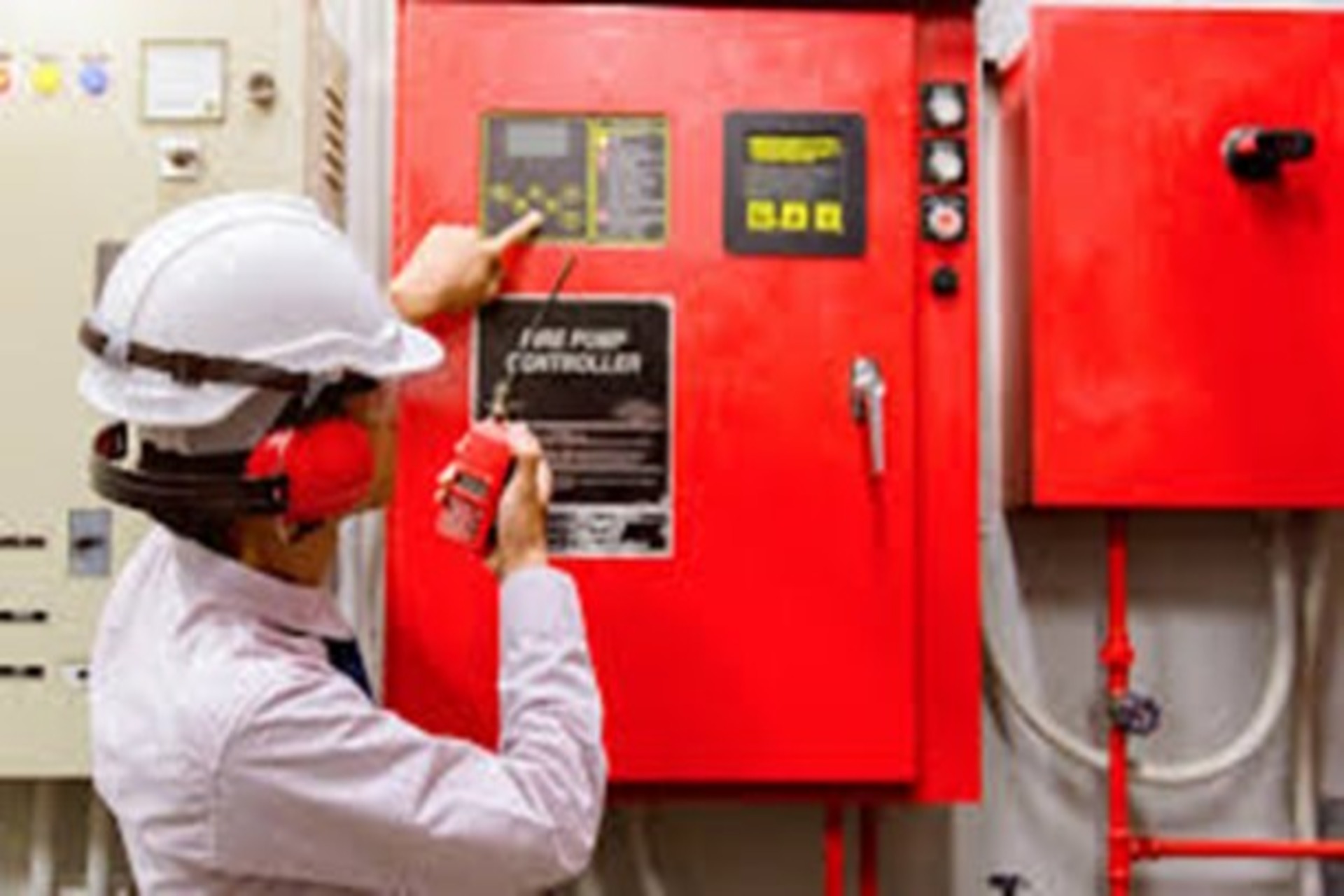
METHODOLOGY FOR FIRE PROTECTION AND SAFETY DESIGN (FPSD)
Fire protection is the study and practice of mitigating the unwanted effects of potentially destructive fires. It involves the study of the behaviour, compartmentalization, suppression and investigation of fire and its related emergencies.
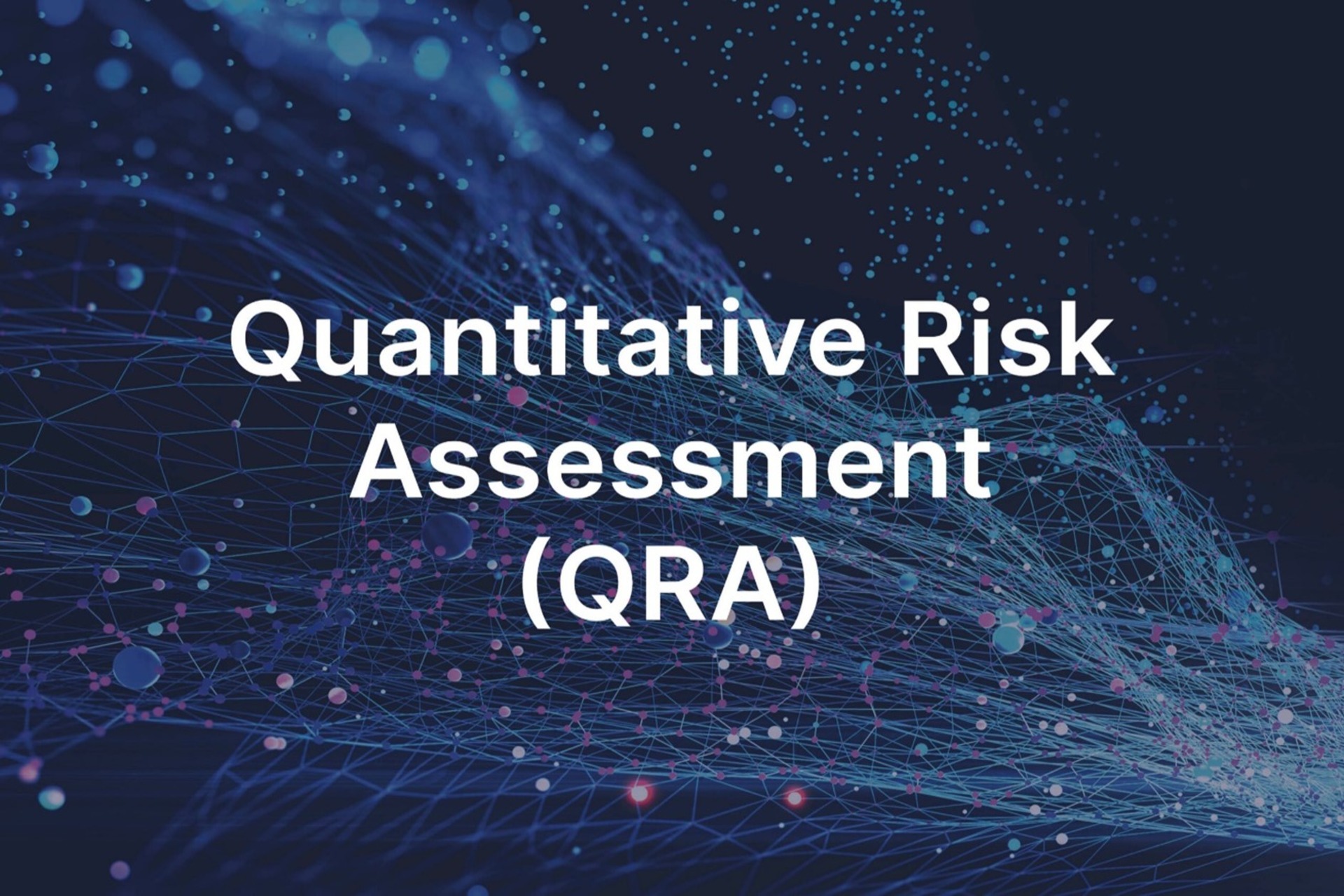
METHODOLOGY FOR QRA STUDY
QRA is a technique used to systematically calculate the risks from hazardous events. It involves predicting the size of consequences associated with a hazard, and the frequency at which a release of the hazard may be expected to occur. These aspects are then combined in order to obtain numerical values for risk – usually risk of fatality. QRA includes consideration of all identified hazardous events in order to quantify the overall risk levels. Similar hazardous events are often grouped and assessed together as bounding or representative events
